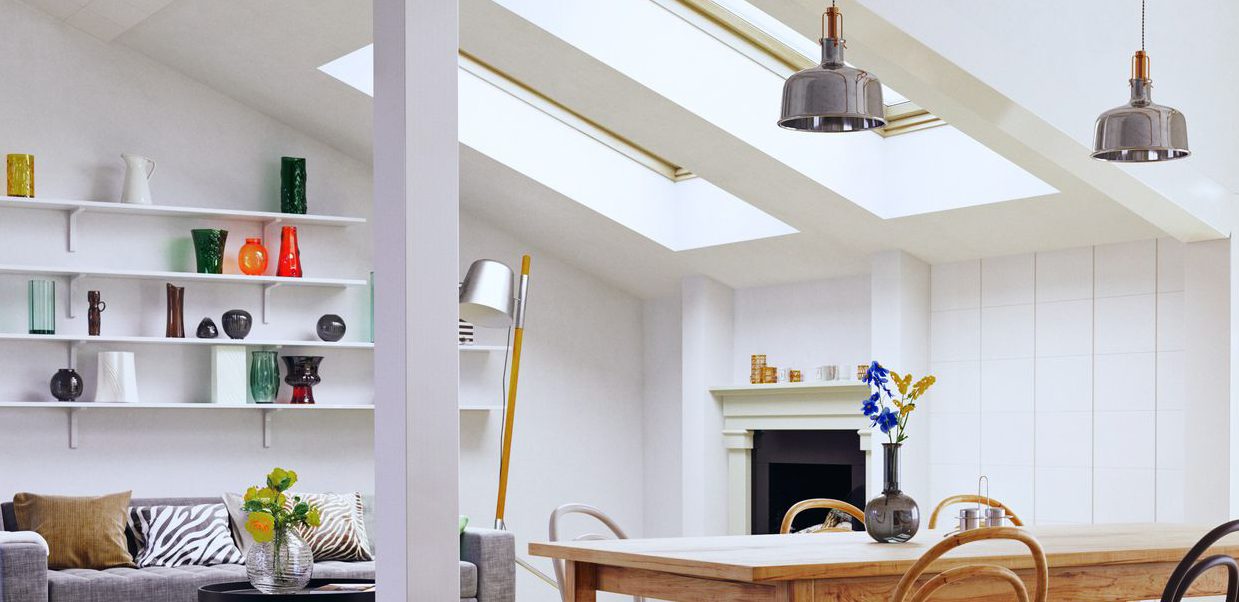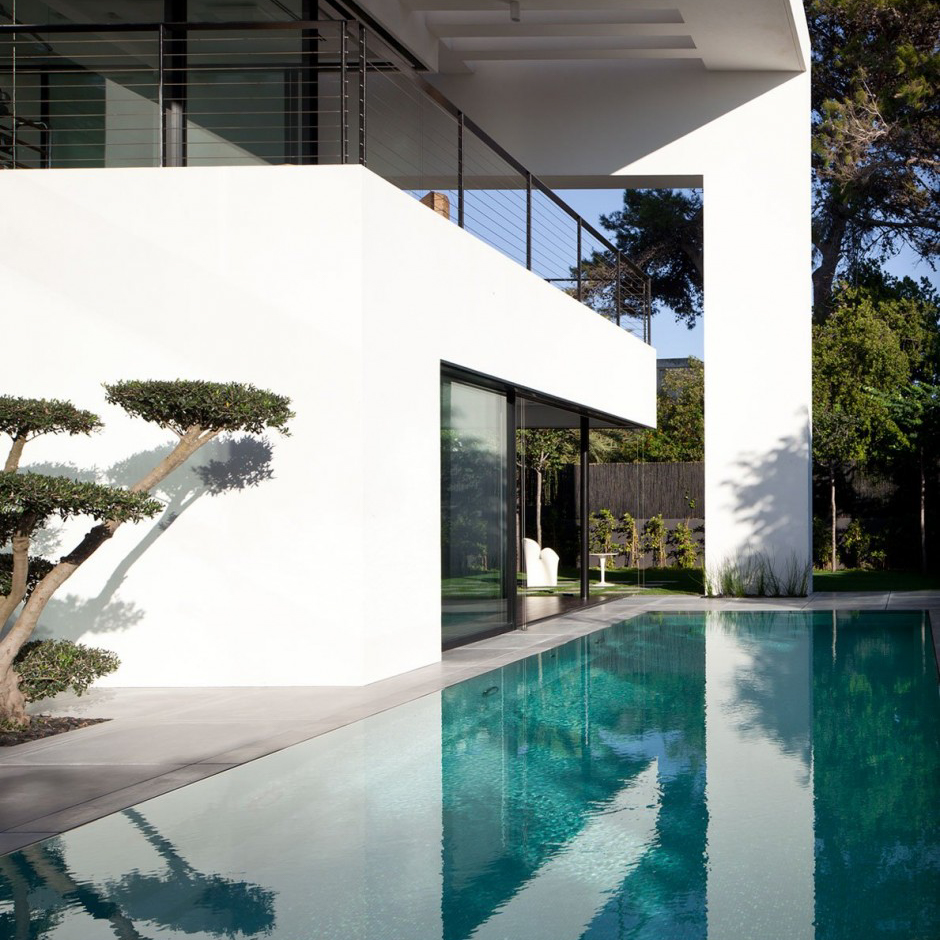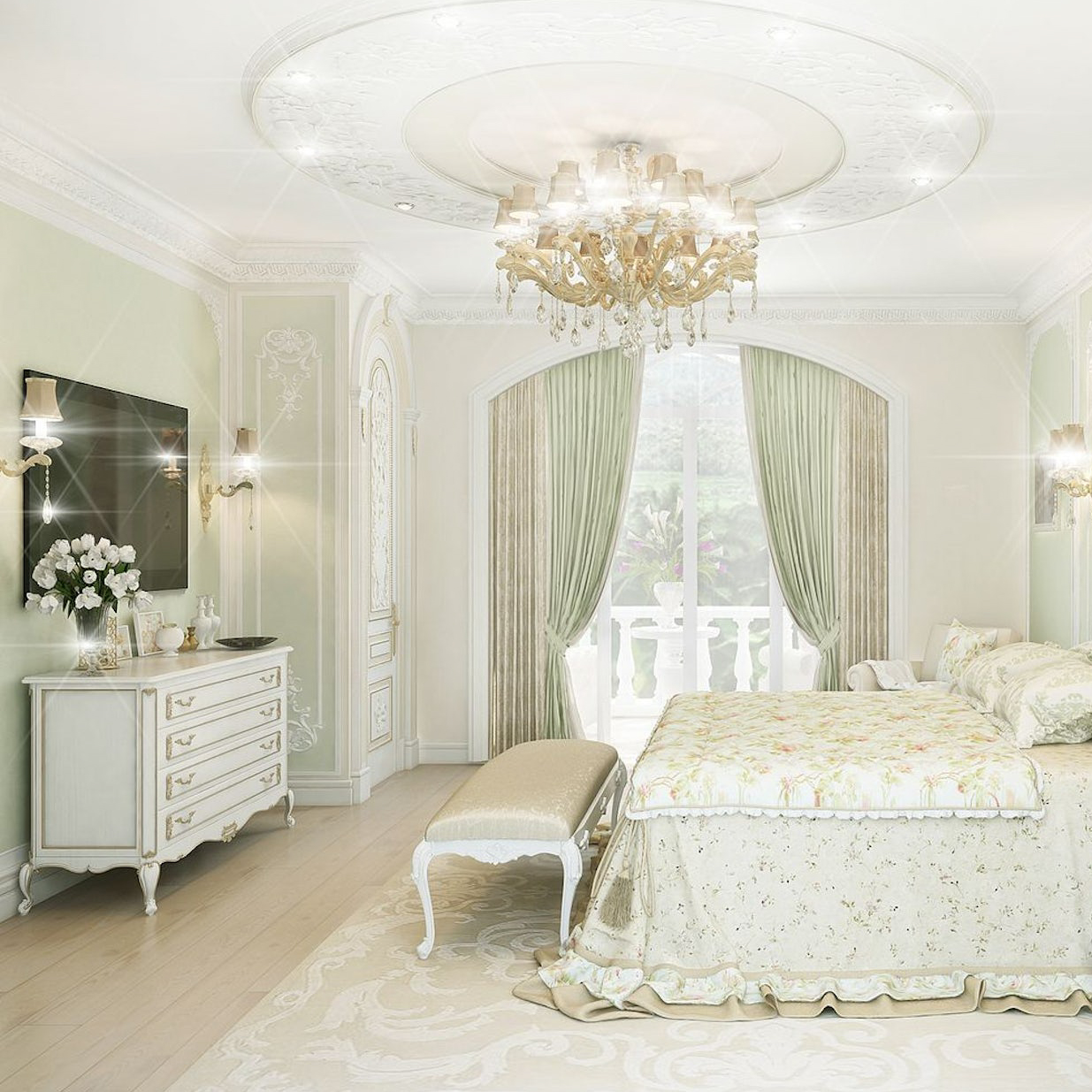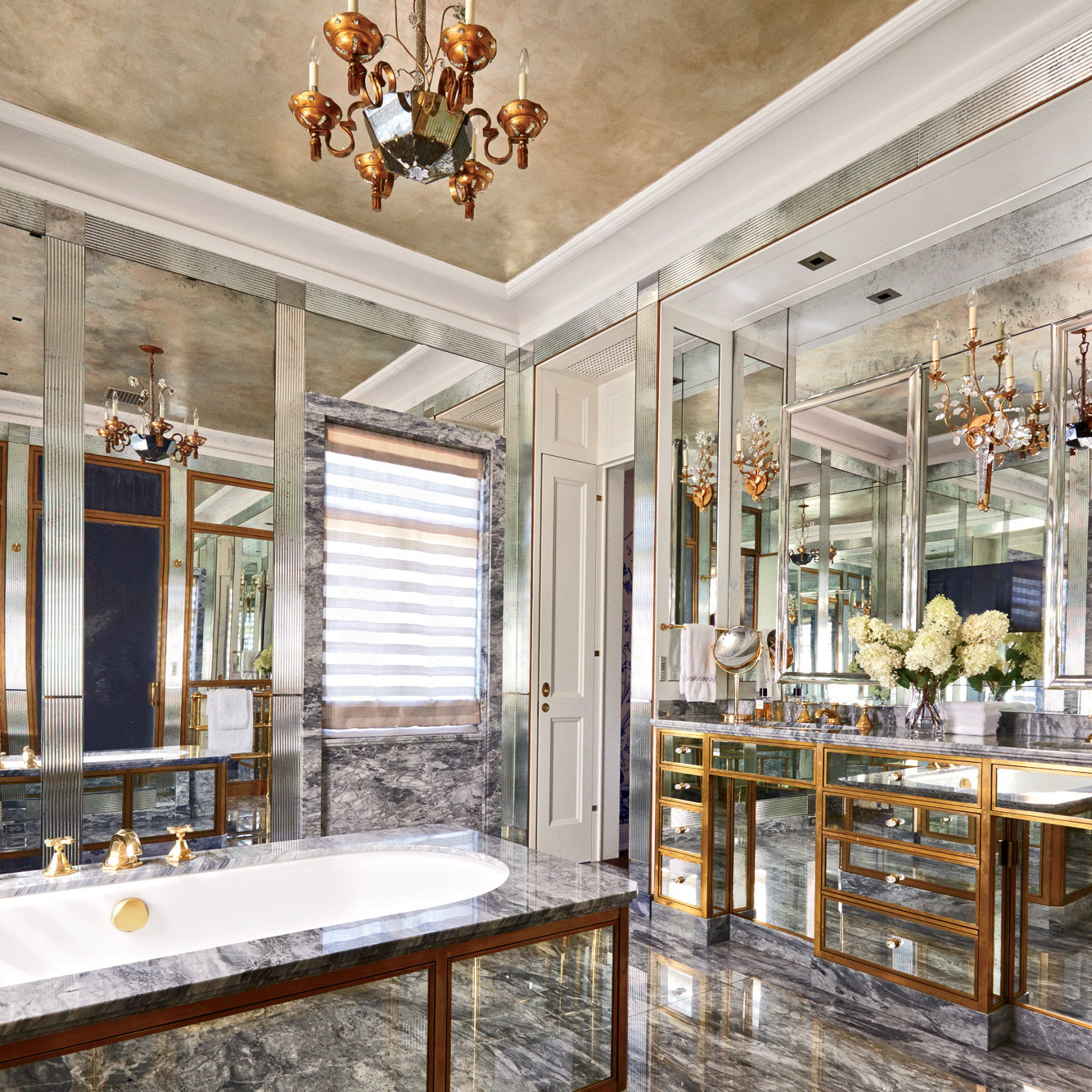Introduction
In recent years, suspended lighting tracks have emerged as a popular fixture in modern interior design. These innovative tracks offer a range of benefits, from improved lighting efficiency to a sleek and stylish appearance. As more and more homeowners and designers turn to suspended lighting tracks, it’s becoming increasingly clear that this technology is revolutionizing the way we think about interior lighting.
What Are Suspended Lighting Tracks?
Suspended lighting tracks are essentially rows of lights that are suspended from the ceiling, typically by cables or other support structures. These tracks can be installed in a variety of configurations, including straight lines, curves, or even in custom patterns to create unique and dynamic lighting designs. In many cases, suspended lighting tracks can be adjusted or angled to achieve the desired lighting effects, making them highly versatile and adaptable to a variety of spaces and design styles.
The Benefits of Suspended Lighting Tracks
There are many reasons why suspended lighting tracks are becoming increasingly popular in modern interior design. Here are just a few of the key benefits:
1. Improved Lighting Efficiency
One of the key advantages of suspended lighting tracks is that they are highly efficient in terms of lighting output. Because the lights are arranged in a linear track, they can be positioned to provide even and consistent lighting throughout a space. This can be particularly useful in large, open-concept spaces where traditional lighting fixtures might not be sufficient.
2. Customizable Configurations
Suspended lighting tracks offer a range of customization options that allow designers to create unique and dynamic lighting designs. By arranging the lights in different patterns and configurations, designers can create a variety of lighting effects that can enhance the overall ambiance of a space.
3. Sleek and Stylish Appearance
Another reason why suspended lighting tracks are becoming increasingly popular is their sleek and stylish appearance. Unlike traditional lighting fixtures, which can be bulky and obtrusive, suspended lighting tracks offer a minimalist and streamlined look that can be particularly well-suited for modern and contemporary interiors.
Applications of Suspended Lighting Tracks
Suspended lighting tracks can be used in a variety of interior spaces, including:
1. Residential Spaces
In residential spaces, suspended lighting tracks can be used to create a variety of lighting effects, from task lighting over kitchen islands to accent lighting in living rooms or bedrooms. They can also be used to highlight architectural details or artwork.
2. Commercial Spaces
Suspended lighting tracks can be particularly effective in commercial spaces, such as retail stores or offices. In retail settings, they can be used to highlight product displays or create a welcoming ambiance for customers. In office settings, they can be used to provide efficient and even lighting that can improve productivity and morale.
3. Hospitality Spaces
In hospitality settings, such as hotels or restaurants, suspended lighting tracks can be used to create a luxurious and welcoming atmosphere. They can be used to create dramatic lighting effects or highlight key design elements, such as artwork or architectural features.
Installation and Maintenance
Installing suspended lighting tracks requires a certain level of expertise and precision, particularly when it comes to calculating the necessary cable lengths and support structures. As such, it’s important to work with a professional installer who has experience with this type of fixture.
Regular maintenance is also important to ensure the longevity and performance of suspended lighting tracks. This typically involves cleaning the lights and checking for any loose connections or structural issues that could compromise the safety or effectiveness of the fixture.




